Newport Beach City Manager Update:
Water Wheel Trash Interceptor
By Guest Contributor Grace Leung, Newport Beach City Manager – July 17, 2023
Source: Newport Beach Independent Newport Beach City Manager Update: Water Wheel Trash Interceptor

Grace Leung, Newport Beach City Manager
I am pleased to report that a long-awaited water quality project, the Newport Bay Trash Interceptor, was approved this week by the Newport Beach City Council.
On Tuesday, July 11, the City Council awarded a $3.9 million construction contract to Brea-based Jilk Heavy Construction, Inc. We expect to break ground this fall and begin operations in 2024.
The Trash Interceptor is a sustainably powered, floating trash and debris collection system that will be built in the San Diego Creek between the Jamboree Road Bridge and MacArthur Boulevard Bridge, upstream from the Upper Newport Bay Nature Preserve.
The Trash Interceptor will greatly reduce the amount of trash and debris that washes into the bay, harbor and ocean areas adjacent to Balboa Peninsula from upstream inland communities of the Newport Bay watershed.
The Newport Bay watershed spans 154 square miles, encompassing the cities of Irvine, Tustin, Orange, Lake Forest, Laguna Hills, Costa Mesa, Santa Ana and Newport Beach, that includes a vast drainage network of storm drains, rivers, creeks and canals.
The Trash Interceptor, modeled after a similar system in Baltimore Harbor, will sit on a floating platform that rises and falls with the tide. The platform will be secured to the creek bottom by guide piles. The platform will hold a 14-foot wheel that spins using power from the creek’s current or solar panels to move a conveyor belt.
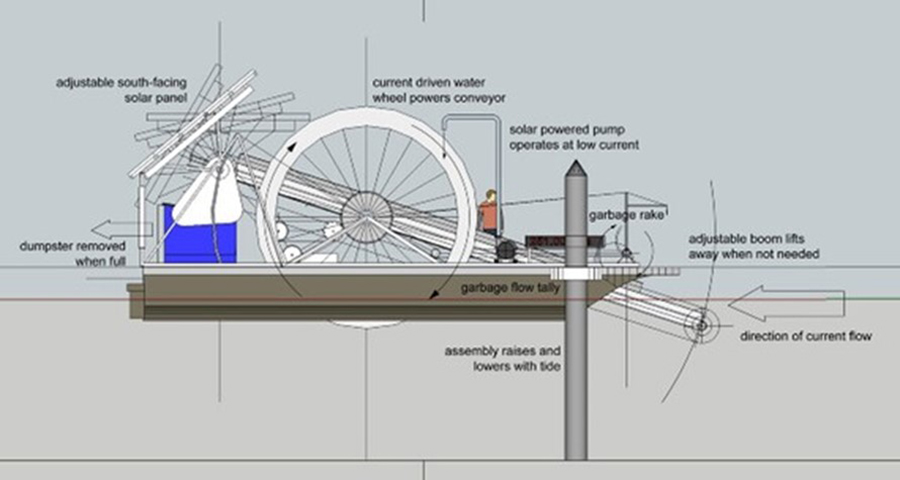
Trash floating downriver will be collected in four steps, as shown in the drawing above:
- A boom system directs floating trash toward the Interceptor.
- A spinning rake moves trash from the boom area to the conveyor belt.
- Trash is deposited from the conveyor belt into a collection container.
- When full, the container is moved by a short rail system to be transferred to a standard trash truck.
The system is expected to reduce the amount of waste reaching the Upper Newport Bay by 80 percent (from an estimated 100 to 300 tons a year). It will supplement other public and private efforts already in place – such as trash booms, storm drain collection systems, and floating skimmers – that protect sensitive aquatic environments.
I would like to thank our funding partners for making this project possible. They include the State of California, Help Your Harbor/Surfrider Foundation, Ocean Protection Council, and the Orange County Transportation Authority. I also want to thank Senator David Min and Assembly Member Diane Dixon for requesting and advocating for the State funding, and the members of the City’s Water Quality/Coastal Tidelands Committee for their ongoing support and advocacy of the project.
I look forward to bringing you further updates as we begin construction this fall.
Source: Newport Beach Independent Newport Beach City Manager Update: Water Wheel Trash Interceptor
Share this entry
Join Nancy Gardner as she chats with former Harbor Commission Chair Bill Kenney and Senior Civil Engineer John Kappeler about the upcoming Newport Beach water wheel project.
The Balboa Island Ferry, one of our most iconic Newport Beach tourism experiences, could be no more.
If that sounds dramatic, it is. I can’t imagine our city without the ferry, but unless something is done, this treasured piece of our city could be gone in less than two years.
Thousands of locals and visitors use the ferry every year and it’s a vital part of our culture and history. It is part of what makes us Newport Beach, and in my mind, it is as important as our beaches. But all of that is now threatened and could be lost.
More than 70 boats competed in the 87th Annual Flight of Newport Beach, presented by the Commodores Club of the Newport Beach Chamber of Commerce with assistance from the Balboa Yacht Club.
Initially known as the Flight of the Snowbirds and later the Flight of the Lasers, the Flight of Newport had three different classes of boats racing to circumvent Newport Harbor.
“I am pleased to report that a long-awaited water quality project, the Newport Bay Trash Interceptor, was approved this week by the Newport Beach City Council.”
On Tuesday, July 11, the City Council awarded a $3.9 million construction contract to Brea-based Jilk Heavy Construction, Inc. We expect to break ground this fall and begin operations in 2024.
The Trash Interceptor is a sustainably powered, floating trash and debris collection system that will be built in the San Diego Creek between the Jamboree Road Bridge and MacArthur Boulevard Bridge, upstream from the Upper Newport Bay Nature Preserve.
If you’re out and about on Newport Harbor on Sunday afternoon, July 16, you may see dozens of sailboats racing around the harbor. Give them plenty of room and cheer them on—it’s the 87th Annual Flight of Newport Beach, presented by the Commodores Club of the Newport Beach Chamber of Commerce with assistance from the Balboa Yacht Club.


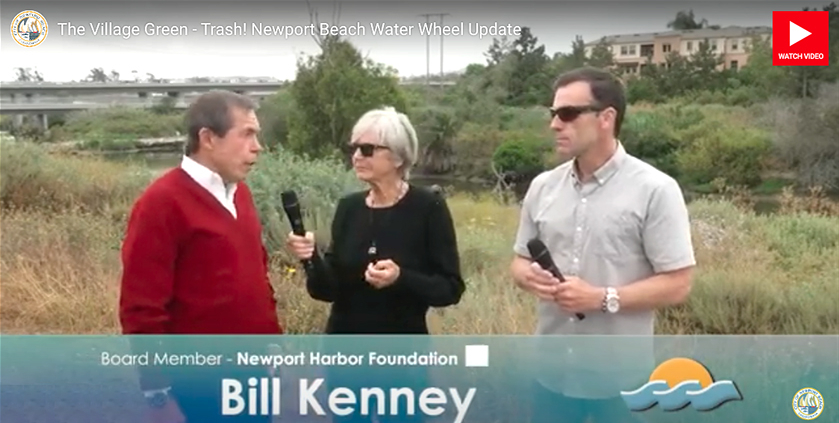
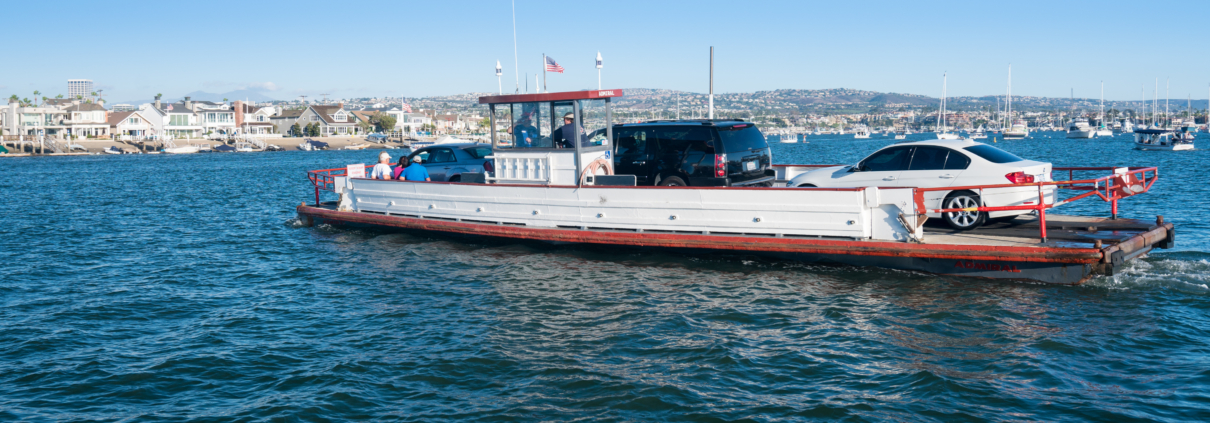
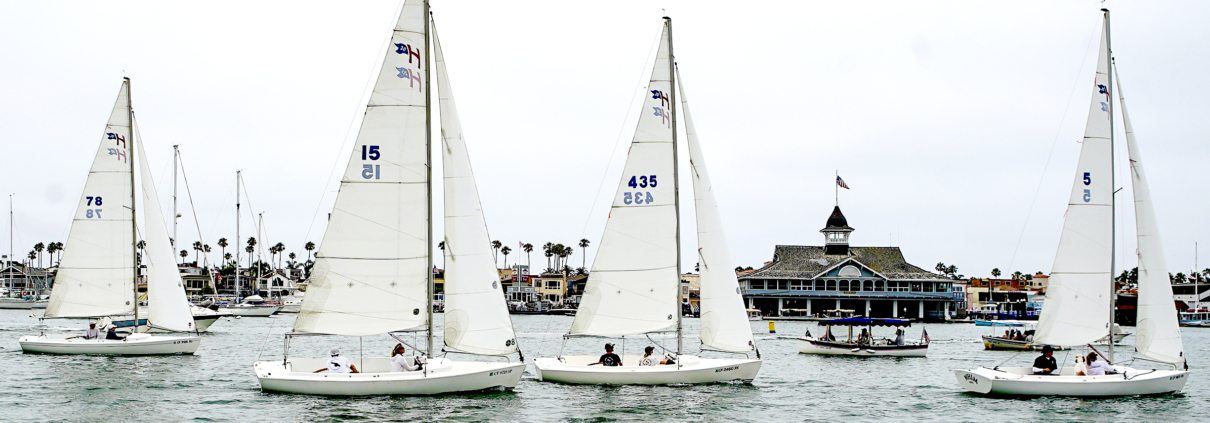
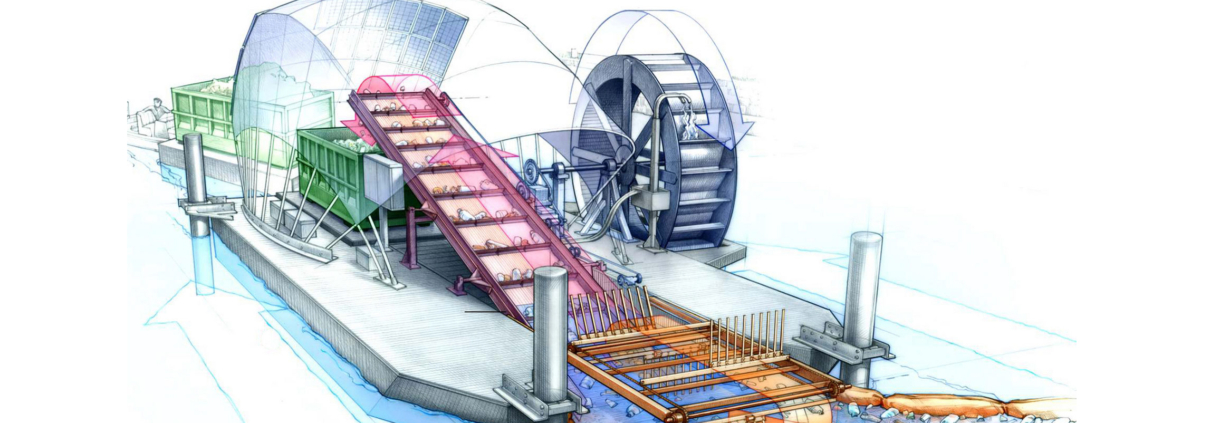
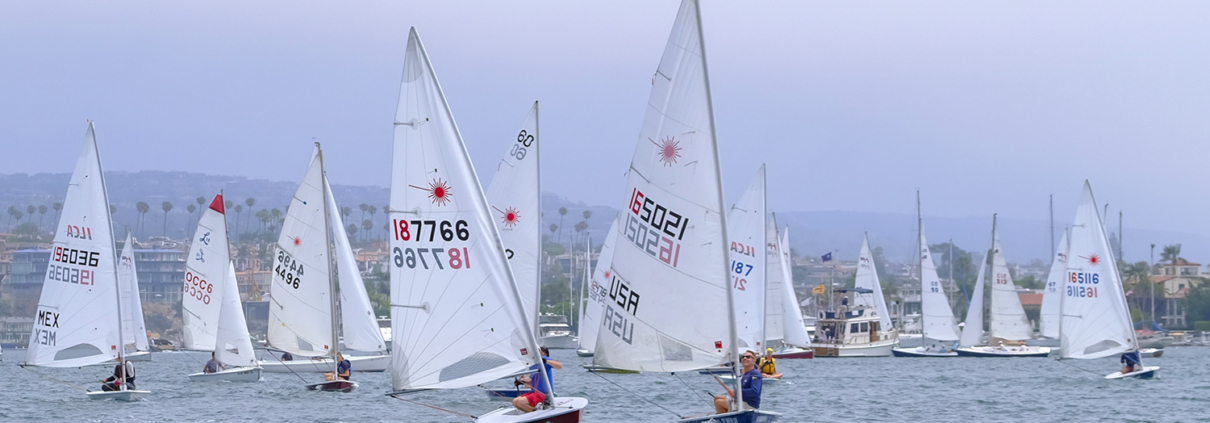
Who will operate/maintain the interceptor once operations begin?
This is great news for our harbor and beaches health. Although this is needed in the Santa Ana river inlet even more than the San Diego inlet.
The amount of rubbish that is deposited on both the northern beaches of Newport and the state beaches of Huntington definitely outweighs any coming out of the harbor. It would be fantastic to see both of these inlets covered by this technology.
Sincerely,
Curt Mitchell (Newport Shores)